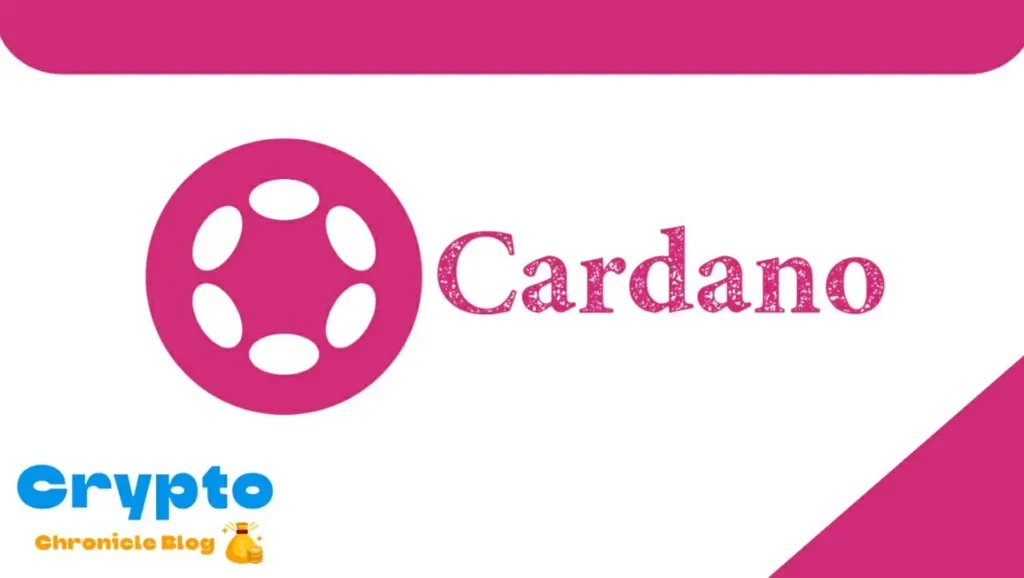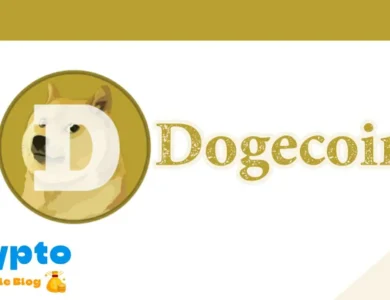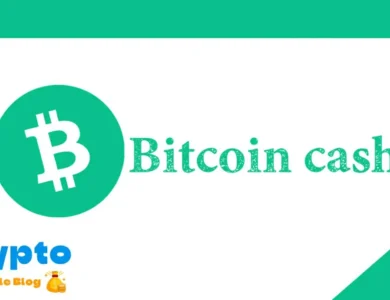Introduction to Polkadot:
In the rapidly evolving landscape of blockchain technology, Polkadot has emerged as a groundbreaking platform that aims to connect multiple blockchains into a unified network. Founded by Dr. Gavin Wood, co-founder of Ethereum, Polkadot introduces a novel approach to interoperability, scalability, and governance. In this exclusive article, we delve into the innovative features of Polkadot and its vision for a decentralized web.
1. The Genesis of Polkadot:
Polkadot was conceived with the vision of creating a truly decentralized and interoperable ecosystem for blockchain networks. Driven by the need for scalability and interoperability, Dr. Gavin Wood and his team embarked on the journey to develop a protocol that could address the limitations of existing blockchain platforms.
2. Interoperability through Relay Chain and Parachains:
At the heart of Polkadot’s architecture is the Relay Chain, a central chain that facilitates interoperability between different blockchains called Parachains. Parachains are specialized blockchains that can be customized for specific use cases, such as finance, gaming, or identity management. Through the Relay Chain, Parachains can communicate and share data seamlessly, enabling a truly interconnected ecosystem.
3. Scalability and Shared Security:
Polkadot’s design enables horizontal scalability by allowing multiple Parachains to run in parallel, thereby increasing transaction throughput and overall network capacity. Moreover, Polkadot employs a shared security model, where all Parachains benefit from the security provided by the Relay Chain’s consensus mechanism. This approach enhances the overall security of the network while ensuring interoperability between chains.
4. Governance and On-Chain Upgrades:
Polkadot introduces a robust governance framework that empowers token holders to participate in decision-making processes regarding network upgrades and protocol changes. Through an on-chain governance mechanism, stakeholders can propose and vote on amendments, ensuring a transparent and decentralized governance process.
5. Polkadot’s Role in the Decentralized Web:
As the decentralized web (Web3) continues to evolve, Polkadot plays a pivotal role in bridging the gap between different blockchain networks and enabling seamless interaction between decentralized applications (DApps). By providing a scalable, interoperable, and governance-driven infrastructure, Polkadot lays the foundation for a truly decentralized and democratized internet.
Conclusion:
Polkadot represents a significant advancement in blockchain technology, offering a comprehensive solution to the challenges of scalability, interoperability, and governance. With its unique architecture and innovative features, Polkadot has the potential to reshape the landscape of decentralized finance, digital identity, supply chain management, and more. As the ecosystem continues to grow and evolve, Polkadot remains at the forefront of the movement towards a decentralized web.
Closing Thoughts:
As we look towards the future of blockchain technology, Polkadot stands as a beacon of innovation and progress, ushering in a new era of connectivity, scalability, and decentralization. With its vision of a decentralized web, Polkadot paves the way for a more inclusive, transparent, and resilient digital infrastructure. As the Polkadot ecosystem continues to expand, the possibilities for collaboration and innovation are limitless, promising a brighter future for the decentralized web and beyond.




